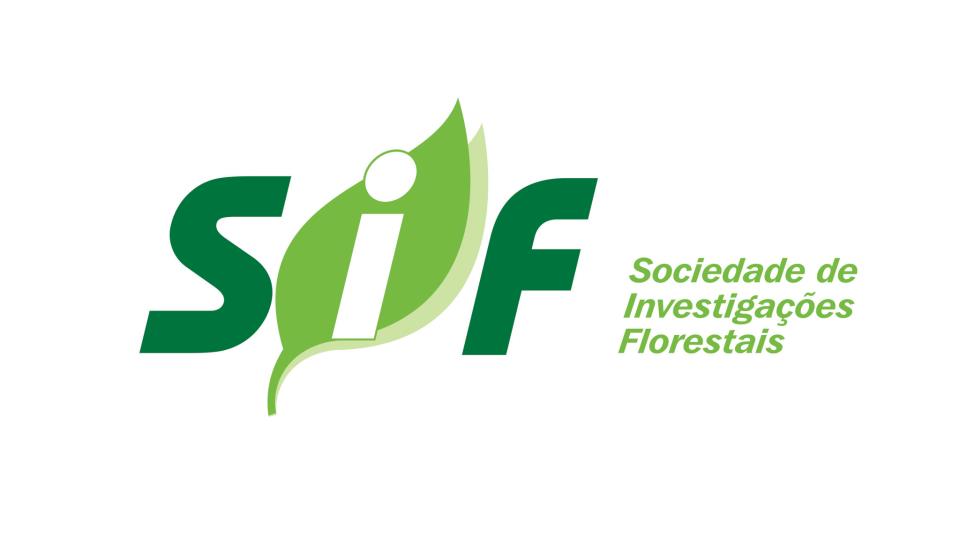Biblioteca Florestal
Digital
Digital
O efeito do custo da terra na rentabilidade florestal: um estudo de caso para Santa Catarina

JavaScript is disabled for your browser. Some features of this site may not work without it.
| dc.contributor.author | Berger, Ricardo | |
| dc.contributor.author | Santos, Anadalvo Juazeiro dos | |
| dc.contributor.author | Timofeiczyk Júnior, Romano | |
| dc.contributor.author | Bittencourt, Alexandre Muzy | |
| dc.contributor.author | Souza, Vanderlei Santos de | |
| dc.contributor.author | Eisfeld, Cristiane de Loyola | |
| dc.date.accessioned | 2015-09-29T19:54:06Z | |
| dc.date.available | 2015-09-29T19:54:06Z | |
| dc.date.issued | 2011-07 | |
| dc.identifier.citation | BERGER, R. et al. O efeito do custo da terra na rentabilidade florestal: um estudo de caso para Santa Catarina. Floresta, Curitiba, v. 41, n. 3, p. 599-610, jul./set. 2011. | pt_BR |
| dc.identifier.issn | 1982-4688 | |
| dc.identifier.uri | http://www.bibliotecaflorestal.ufv.br:80/handle/123456789/15328 | |
| dc.description.abstract | Este trabalho objetivou verificar o impacto do custo da terra na rentabilidade da produção de madeira de Pinus. O setor florestal tem como característica fundamental gerar retornos financeiros em longo prazo, tornando muitas vezes o investimento na atividade um grande entrave a novos negócios. O preço da terra é uma variável que depende do retorno da atividade florestal, tornando necessário conhecer o efeito que o valor desse recurso terá sobre a rentabilidade. Para realizar uma estimativa da rentabilidade na atividade florestal, foram utilizados os critérios econômicos Valor Presente Líquido (VPL) e a Taxa de Interna de Retorno (TIR). Os resultados obtidos mostraram ser mais atrativa a não aquisição da terra, com VPL de US$ 5.584,00 e TIR de 18% ao ano. Já quando foi considerada a compra da terra, os resultados econômicos sofreram redução, com VPL de US$ 3.711,00 e TIR de 11% ao ano. A opção de arrendamento apresentou VPL de US$ 3.531,00 e TIR de 13% ao ano. Porém, antes de utilizar esses critérios como tomada de decisão, outros fatores devem ser avaliados, como o impacto da renda da reserva legal, melhor grau de utilização das terras e um manejo florestal adequado, visando aumentar a receita com a obtenção de novos produtos e maior produção das florestas. | pt_BR |
| dc.description.abstract | This research aimed to ascertain the impact of land cost land on profitability of Pinus spp. timber production. The forestry sector has as key feature to generate financial returns in the long term, often making the investment activity in a large barrier to new business. The price of land is a variable that depends on the return of forest activity, making it necessary to know the effect that the cost of this resource will have on profitability. In order to estimate return on forest activity, it uses economic criteria, like Net Present Value (NPV) and Internal Rate of Return (IRR). The results proved to be more attractive the non- acquisition of land, with NPV of US$ 5.5804,00 and IRR of 18% per year. Considering the investment in land (purchase or lease), the economic results have suffered reduction with NPV of US$ 3.711,00 and IRR of 11% per year. The lease of land presented a NPV of US$ 3.531,00 and IRR of 13% per year. But, before using such criteria as the only decision making, other factors must be evaluated as to obtain the income of the legal reserve, the better level of use of land and a proper forest management, aiming to increase revenue with the acquisition of new products and increased production of forests. | pt_BR |
| dc.format | 12 páginas | pt_BR |
| dc.language.iso | pt_BR | pt_BR |
| dc.publisher | Fundação de Pesquisas Florestais do Paraná | pt_BR |
| dc.relation.ispartofseries | Floresta:v.41,n.3; | |
| dc.subject.classification | Ciências Florestais::Manejo florestal::Economia e otimização florestal | pt_BR |
| dc.title | O efeito do custo da terra na rentabilidade florestal: um estudo de caso para Santa Catarina | pt_BR |
| dc.title | The effect of land cost in the forest profitability: a case study for Santa Catarina | pt_BR |
| dc.type | Artigo | pt_BR |
Arquivos deste item
| Arquivos | Tamanho | Formato | Visualização | |
|---|---|---|---|---|
| Revista_Floresta_v41_n3_p599-610_2011.pdf | 92.34Kb |

|
Visualizar/ |
|





